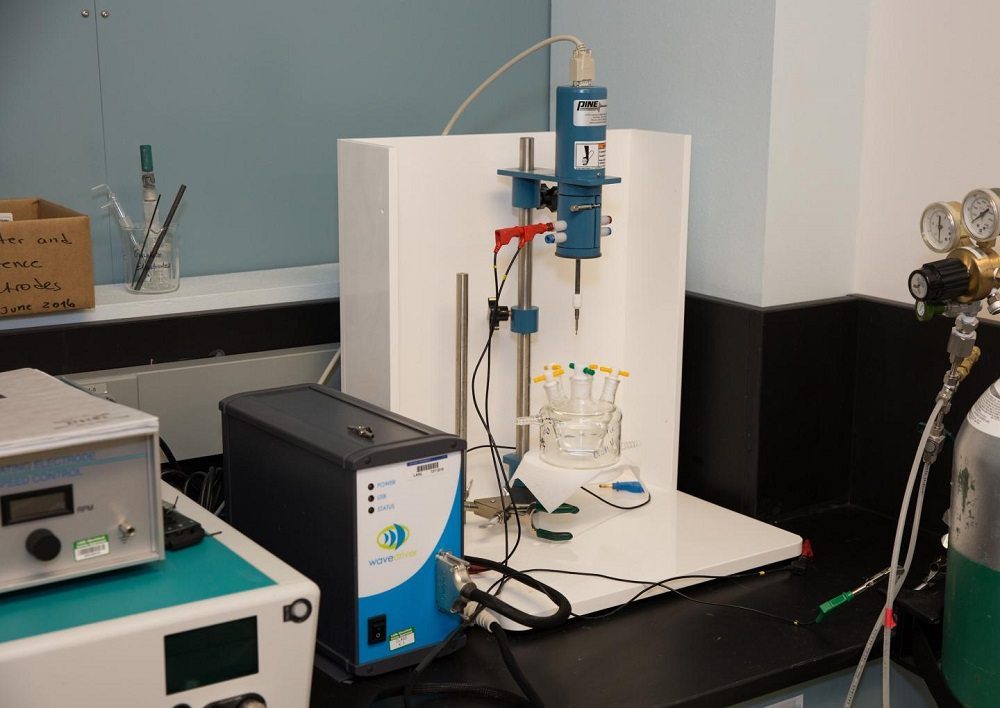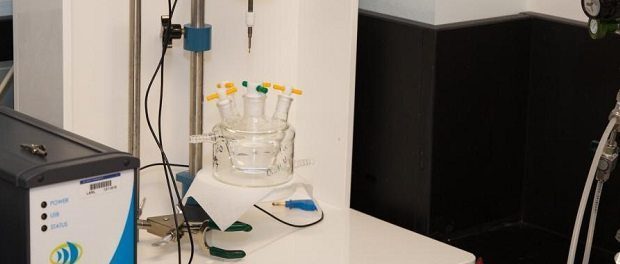[dropcap style=”font-size:100px; color:#992211;”]H[/dropcap]ydrogen-fuelled vehicles were once posited as the environmentally-friendly alternative to our dependence on fossil-fuels, burning clean and spewing out nothing more harmful than water vapour.
Then someone pointed out how damaging the manufacture of hydrogen was.
Welcome back, hydrogen cars. Never wanted a Tesla anyway.
In the 2015 movie The Martian, stranded astronaut Matt Damon turns to the chemistry of rocket fuel, hydrazine and hydrogen, to create lifesaving water and nearly blows himself up. But if you turn the process around and get the hydrazine to help, you create hydrogen from water by changing conductivity in a semiconductor, a transformation with wide potential applications in energy and electronics.
“We demonstrate in our study that a simple chemical treatment, in this case a drop of dilute hydrazine (N2H4) in water, can dope electrons directly to a semiconductor, creating one of the best hydrogen-evolution electrocatalysts,” said Gautam Gupta, project leader at Los Alamos National Laboratory in the Light to Energy team of the Lab’s Materials Synthesis and Integrated Devices group. The research was published in Nature Communications.
Understanding how to use a simple, room-temperature treatment to drastically change the properties of materials could lead to a revolution in renewable fuels production and electronic applications. As part of the Los Alamos mission, the Laboratory conducts multidisciplinary research to strengthen the security of energy for the nation, work that includes exploring alternative energy sources.
In recent years, the materials science community has grown more interested in the electrical and catalytic properties of layered transition metal dichalcogenides (TMDs). TMDs are primarily metal sulfides and selenides (e.g., MoS2) with a layered structure, similar to graphite; this layered structure allows for unique opportunities, and challenges, in modifying electrical properties and functionality.
Gupta and Aditya Mohite, a physicist with a doctorate in electrical engineering, have been pioneering work at Los Alamos seeking to understand the electrical properties of TMDs and use that knowledge to optimize these semiconductors for renewable fuels production.
In this work, MoS2 shell — MoOx core nanowires, as well as pure MoS2 particles and 2D sheets — are tested for electrocatalysis of the hydrogen evolution reaction. The addition of dilute hydrazine to MoS2 significantly improves the electrocatalytic performance. Further characterization shows that the MoS2 changes from semiconducting behavior to having more metallic properties following the hydrazine exposure.
“The most interesting thing about this result is that it is different than conventional doping, where actual chemicals are added to a semiconductor to change its charge carrier concentration. In the case of hydrazine treatment, we are ‘doping’ electrons directly to the material, without modifying the original chemistry,” said Dustin Cummins, first author on this project, currently a postdoctoral researcher in the Laboratory’s Sigma Division working on the DOE/NNSA CONVERT Program, exploring fuel fabrication for next-generation reactors.
Efficient hydrogen production made easy
Cummins first found the hydrogen-production result working with Gupta at Los Alamos as a graduate student research affiliate from the University of Louisville (advisor: Dr. Mahendra Sunkara) and he continued to conduct experiments and refine discussion while working as a postdoc.
“Hydrazine acting as an electron dopant in inorganic semiconductors has been observed since the 1970s, but there is limited understanding of the process,” Cummins noted. “Our biggest hurdle was to prove to that hydrazine was actually changing the conductivity of the MoS2 system, and that is what results in increased catalytic activity,” which was demonstrated on single-flake devices, he said.
Multiple areas of Los Alamos staff expertise in layered semiconductors, chemistry, spectroscopy, electrical device fabrication and more all came together to provide some of the best understanding and mechanism to date for hydrazine acting as an electron dopant.
This paper, “Efficient Hydrogen Evolution in Transition Metal Dichalcogenides via a Simple One-Step Hydrazine Reaction,” not only presents one of the best hydrogen water splitting electrocatalysts to date, but also “it opens up a whole new direction for research in electrochemistry and semiconductor device physics in general,” said Gupta.
Source: Eurekalert/DOE/Los Alamos National Laboratory
Image: DOE/Los Alamos National Laboratory

Some of the news that we find inspiring, diverting, wrong or so very right.




















